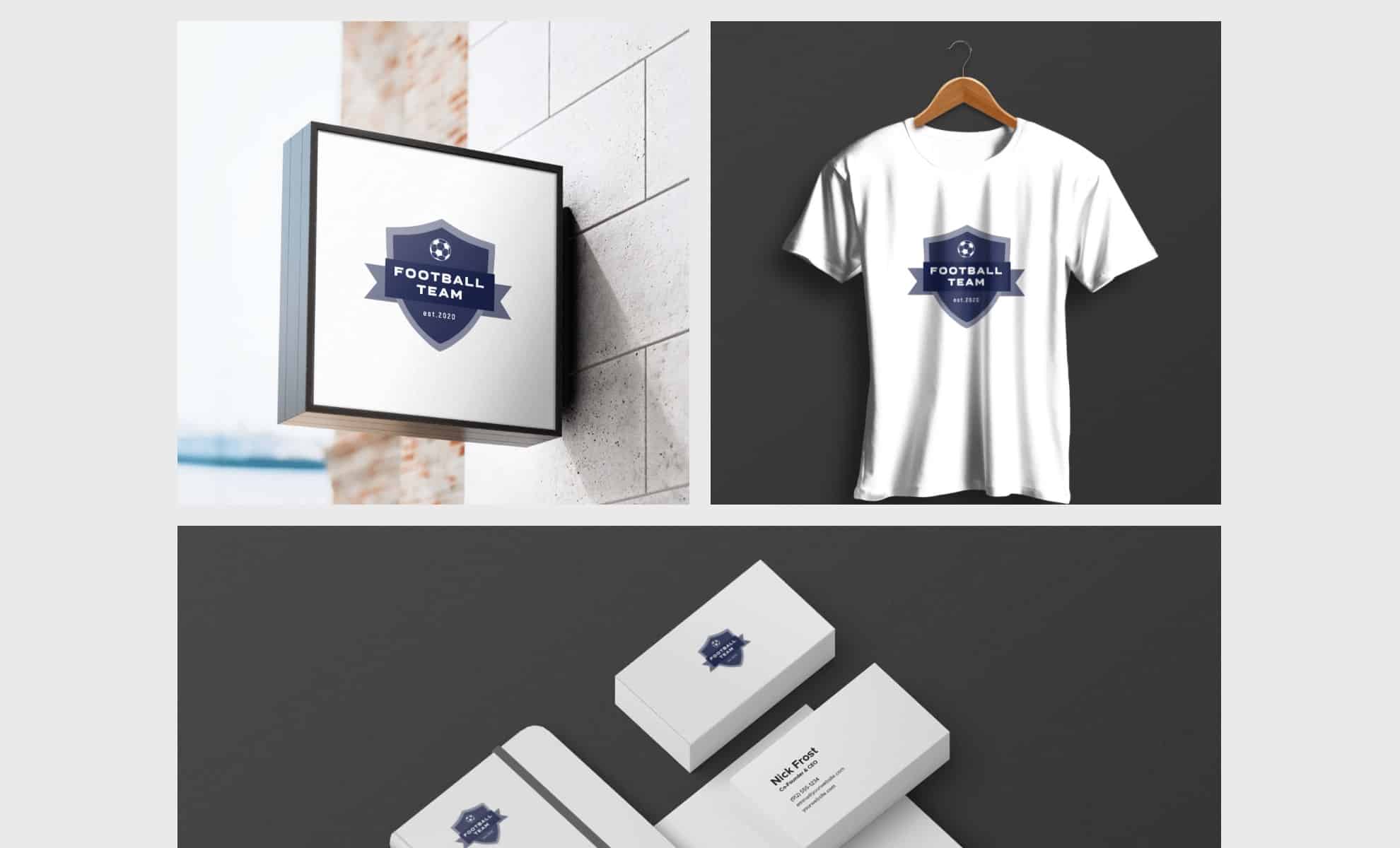

Enron’s logo was good, but the company’s ethical code wasn’t. Your logo isn’t going to make or break your business. They’re just one image within a larger visual system that includes your colors, typography, photography, visuals, layout, etc. When new companies or organizations request a logo, a good designer will say, “You don’t just need a logo, you need a brand identity.” Logos are part of the picture, but they’re not the entire thing. Your brand is built from a thousand touchpoints with your customers-not from a logo.

Your brand is intangible it’s your reputation-what people think of when they hear your name, what they tell others about you and how you make them feel. This is a common conflation, but your logo isn’t your brand. So remember, a logo may play an important role, but it isn’t everything. All three of our designers agreed most people put too much stock in logos (nerdy design pun intended). In fact, most companies struggling to decide on a logo are simply asking too much of it. One caveat is that even though a logo can convey a deeper meaning, it doesn’t have to. The smiley arrow communicates that the company sells everything from “A-Z” and also represents how happy customers are when they shop with them. Your logo can also be an opportunity to make a statement about your organization. It also functions as the face of your business.

It’s how your company is recognized and remembered among others. In its simplest definition, a logo identifies. After all, we all know what a logo is.Ī logo is a symbol or design used to identify a company or organization, as well as its products, services, employees, etc. This question probably conjures up vivid images of a famous swoosh or an apple with a bite taken out of it.


 0 kommentar(er)
0 kommentar(er)
